Editor’s Key Takeaways: Master the Art of Bokeh: Enhancing Imagery with Background Blur Technique

Bokeh is a photographic technique that results in a beautiful background blur, enhancing photos across numerous genres. Despite seeming complex, achieving bokeh can be accomplished with some basic knowledge and practice.
- What is Bokeh? A pleasing blur that appears in the background of photos, it can also refer to points of light turned into circular shapes.
- Creating Bokeh is achieved when camera lenses render parts of a scene out of focus – typically appearing in the unfocused foreground or background.
- The article offers a step-by-step guide to capturing bokeh:
1. Use a wide aperture for a shallow depth of field.
2. Increase the distance between your subject and the background.
3. Position your subject in front of points of light.
4. Make sure the background is smooth. - This technique can be used by anyone, no matter the level of experience or equipment.
Bokeh can enhance photos in nearly any genre, be it portraiture, product shooting, macro photography, etc. In fact, the ability to produce beautiful background blur is one of the hallmarks of an expert practitioner, which is why it’s a skill I encourage everyone to learn.
Fortunately, capturing bokeh isn’t as hard as it might seem. With some basic knowledge of camera positioning and settings, as well as a little practice, you’ll be blurring those backgrounds in no time at all.
In this article, I share a step-by-step approach to achieving beautiful bokeh. It’s the technique I use in my own photography, and I promise: No matter your equipment and your level of experience, if you follow this approach, you’ll love the results.

Complete Guide to Capturing Bokeh:
What Is Bokeh?
Bokeh is a pleasing blur that appears in the background of some photos, like this:

Technically speaking, all background blur is bokeh. But it’s also common practice to use the term bokeh to refer to points of light turned into circular shapes. I’m talking about effects like this:
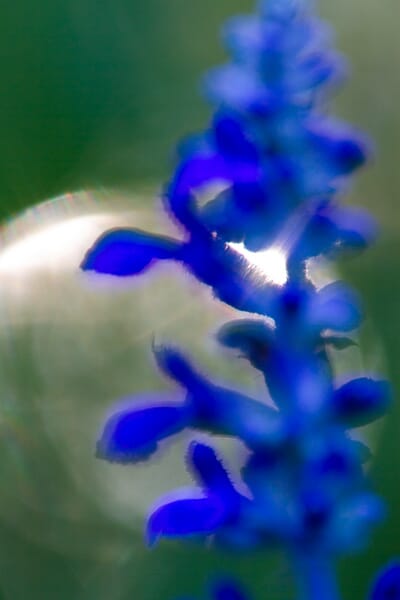
So just remember that bokeh can mean a couple of different things. It can refer to the background blur itself, or it can refer to a specific kind of background blur.
How Bokeh Is Created
Bokeh is produced when your camera lens renders parts of a scene out of focus. So your main subject (the area of the photo that’s meant to be sharp) should almost never include bokeh. It’s only something that can appear in the unfocused foreground or background.
The bulk of photos taken every day contains some form of bokeh because there are generally areas of a photo that can be called “out of focus.” But it’s often very difficult to see this blur effect! In fact, the real goal isn’t to produce bokeh – it’s to produce beautiful bokeh that enhances your photo.
Here’s a photo with nice background bokeh:
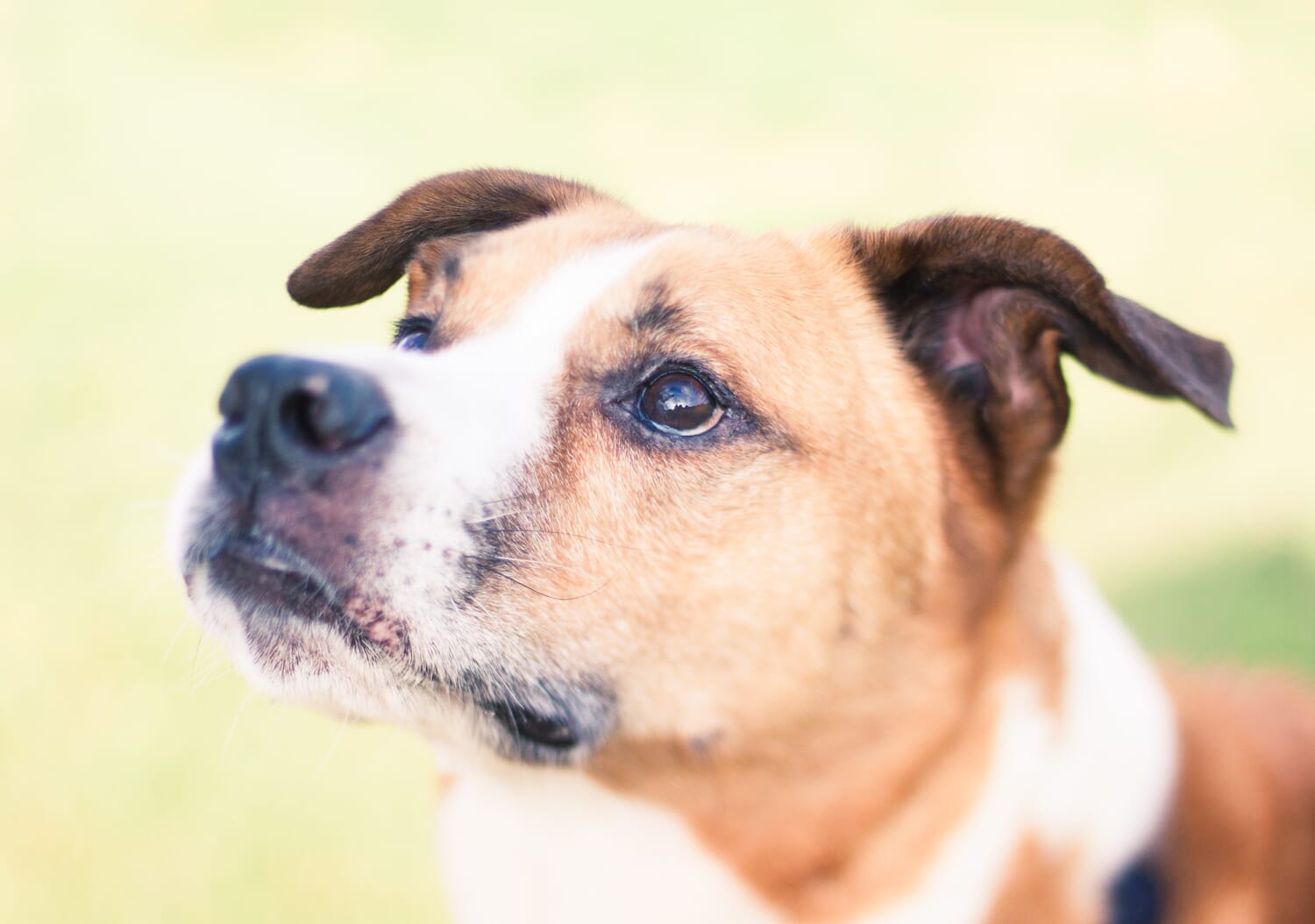
Now, each spot of bokeh is technically produced in the shape of your camera aperture. That’s why you’ll sometimes end up with bokeh that looks like a hexagon, a heptagon, or an octagon:
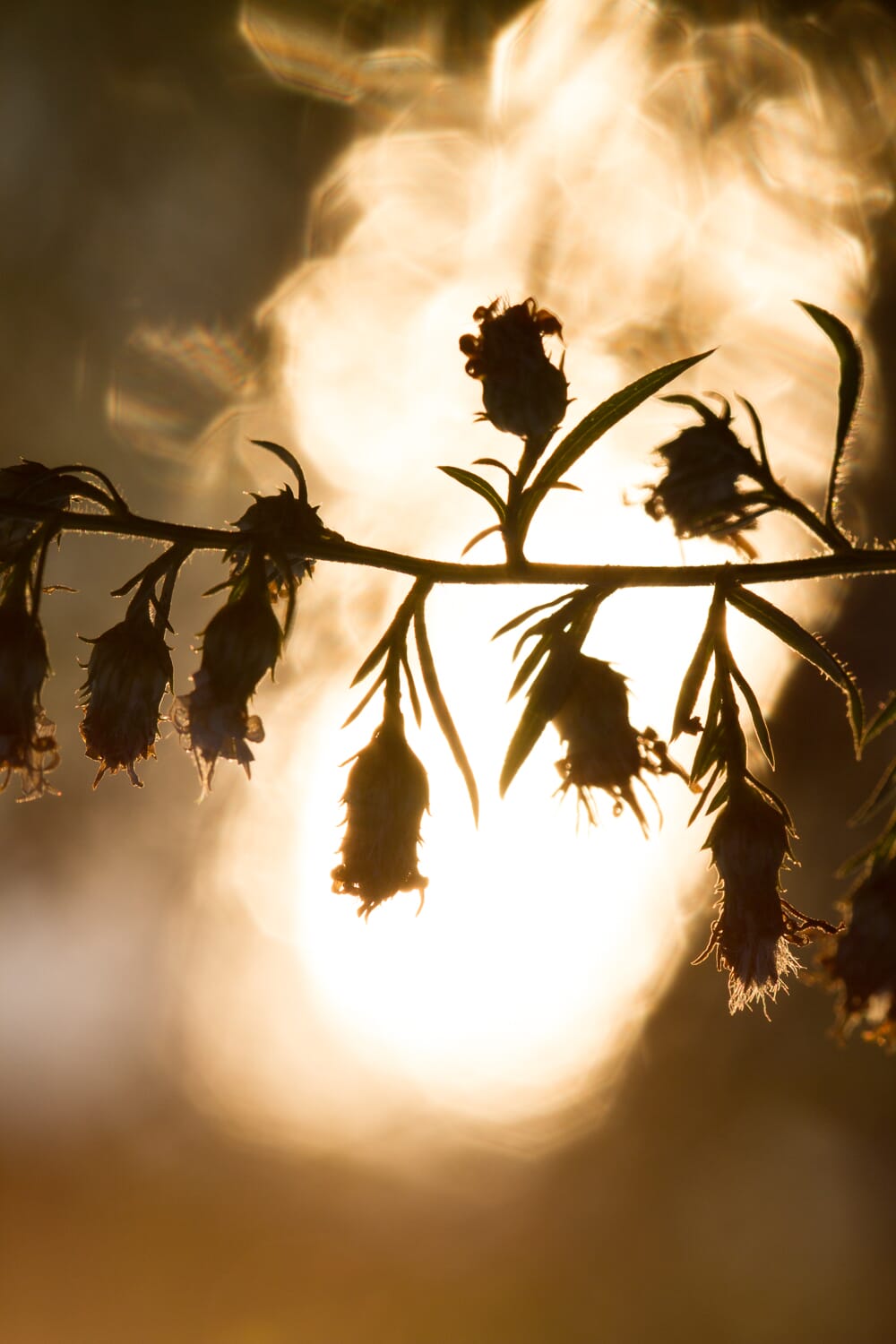
Look at the top edge of the photo above. Do you see the octagons? While geometric bokeh looks pretty cool, it’s rarely clear enough to produce this effect.
The size and quality of the bokeh are altered by your depth of field, which refers to the amount of the photo that’s sharp. A photo with a deep depth of field is sharp throughout but has very little (and very low-quality) bokeh:
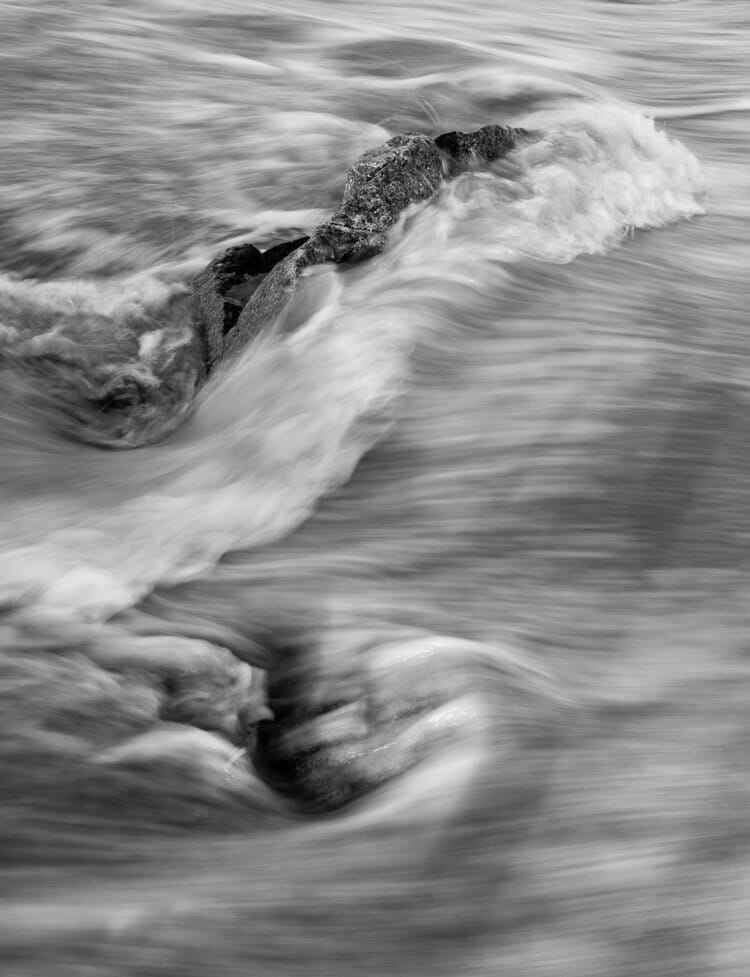
Whereas a photo with a shallow depth of field only has a sliver in focus but has a lot of higher-quality bokeh to help the subject stand out from the background.
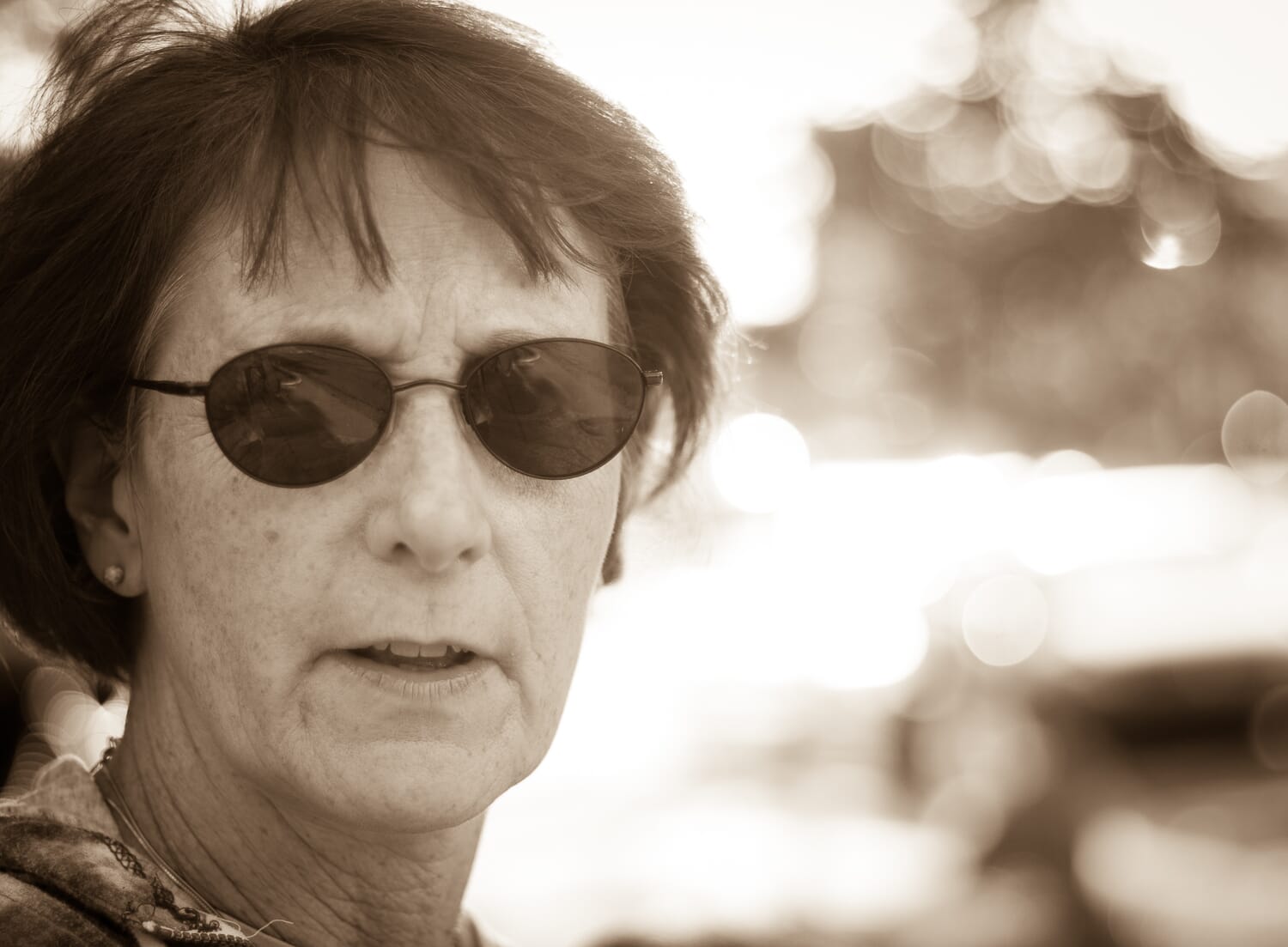
That’s why portrait photographers, wildlife photographers, and sports photographers often strive to create the best bokeh. They want to make their subjects pop off the page.
Landscape and architecture photographers, on the other hand, generally want to keep the whole image sharp. So bokeh isn’t important to them, and they’re willing to use a deep depth of field that basically eliminates bokeh effects.
Capturing Bokeh: The Step-By-Step Guide
There are a few key steps that you can take to create a beautiful blur. Following any one of these steps will get you decent bokeh. Following all four of them together will make your bokeh look gorgeous.
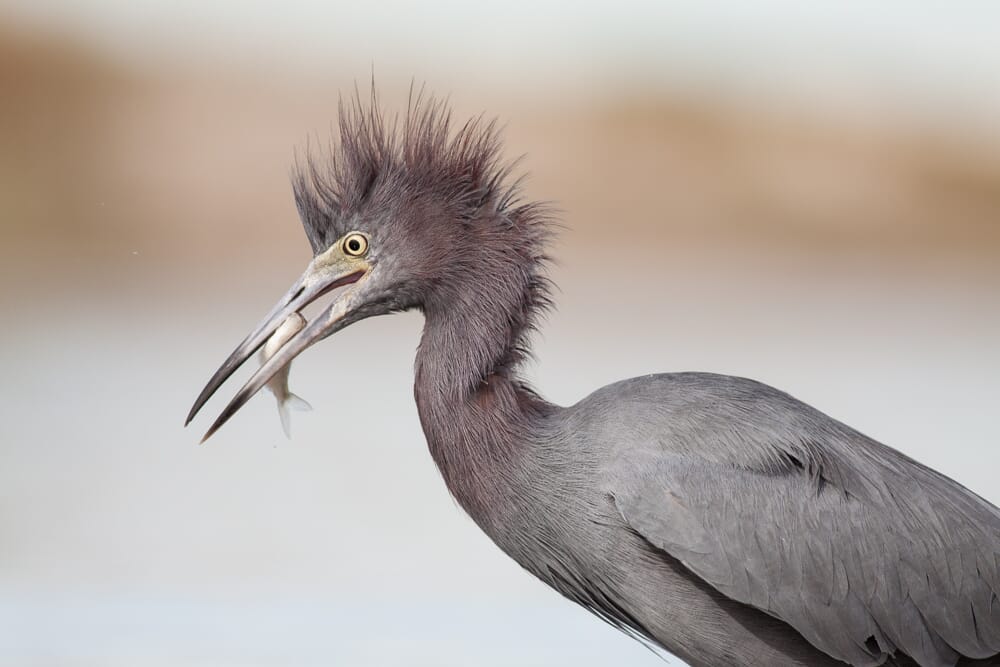
Step 1: Use a Wide Aperture for a Shallow Depth of Field
When it comes to creating stunning bokeh, aperture is king. You see, the aperture heavily influences the depth of field. It designates the amount of bokeh you’ll end up with, and it also influences the quality of that bokeh.
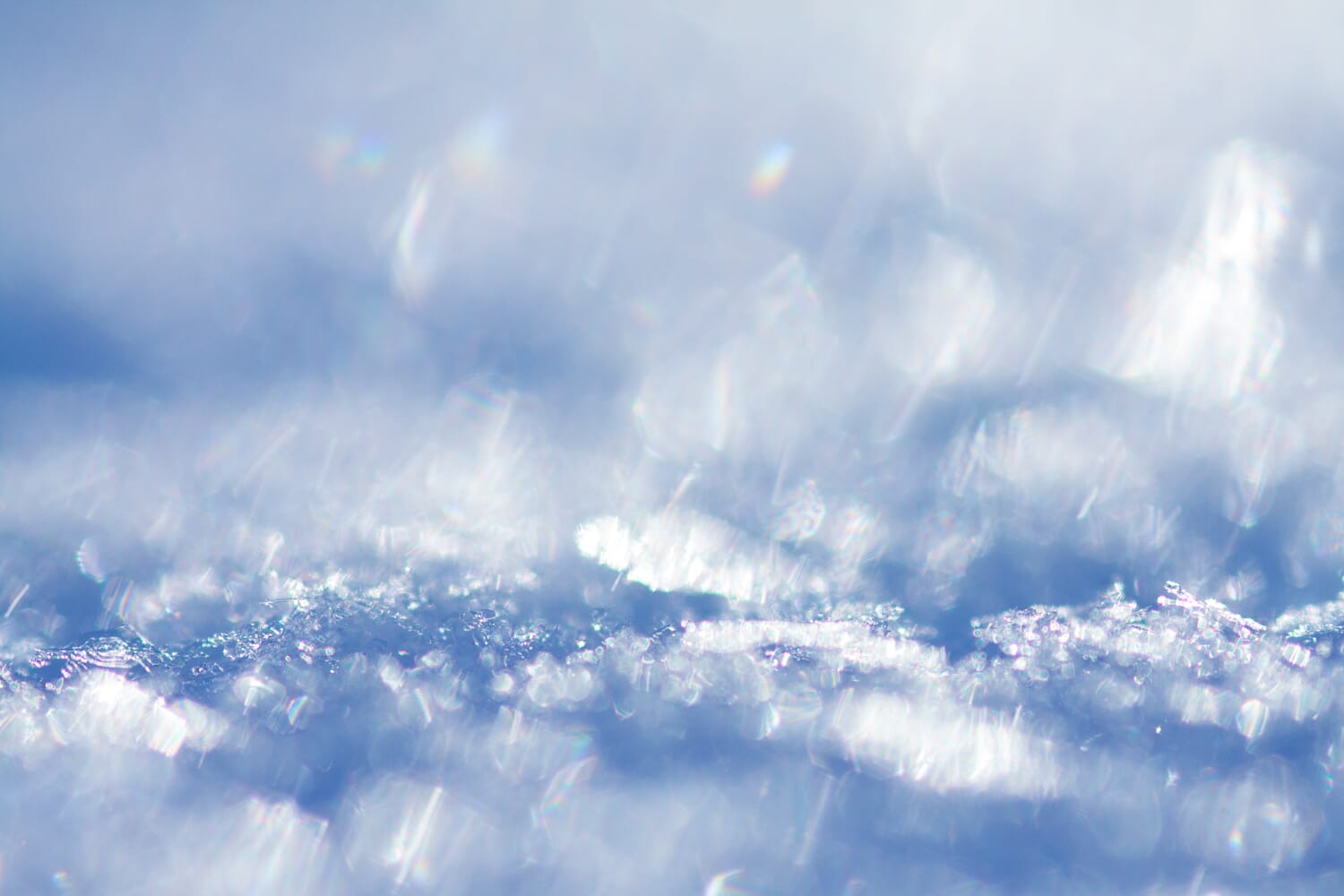
Now, a wide aperture is written in terms of low f-numbers, like this: f/1.2, f/1.4, f/1.8, etc. So for the best bokeh, you should strive to keep your aperture low. I wouldn’t recommend taking it above f/2.8, with f/4 being the absolute highest f-number you can dial in for a shallow depth of field.
Note that a wide aperture makes for a shallow depth of field, and a shallow depth of field creates a very narrow plane of focus. So you’ll need to focus your lens carefully to ensure you end up with a sharp photo. But if you can pull it off, you’ll love the result.
Step 2: Increase the Distance Between Your Subject and the Background
Using a wide aperture can work magic, but it’s not always enough to create stunning bokeh. Fortunately, there’s an easy way to maximize the bokeh effect: Increase the subject-background distance.
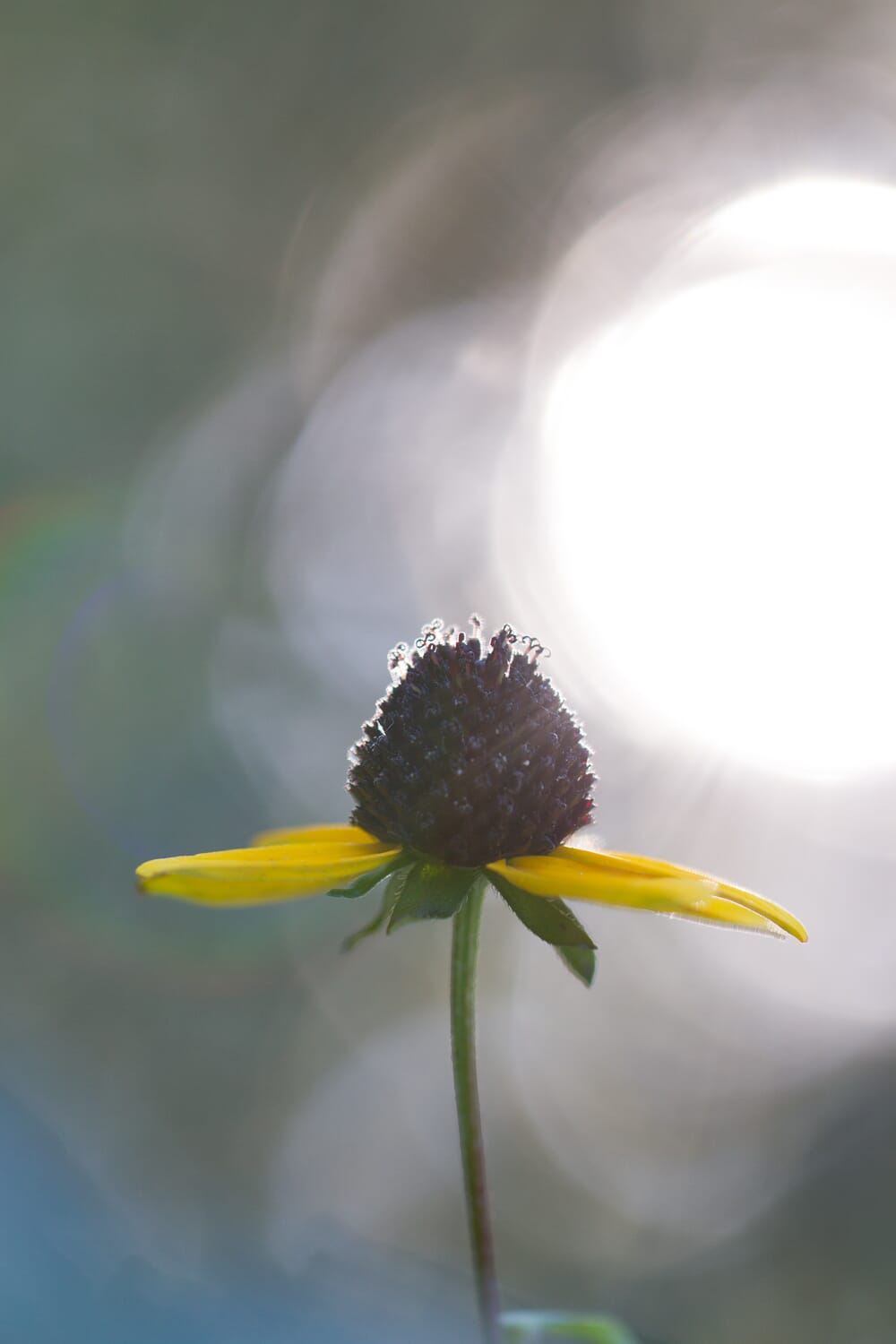
I’m talking about the amount of space between your main subject (the focal point of your photo) and the objects behind your subject (such as trees, a wall, a mountain, etc.). If you can ensure that your subject is a good distance from the background, the bokeh effect will be magnified, giving you a wonderful blur.
To achieve this, you can try approaching your subject from different angles: crouching, walking to the left, to the right, or even around to the other side. By changing your angle, you’ll end up with different backgrounds (and one of them is bound to be pretty distant!). Plus, if you’re shooting portraits, you can always ask your subject to move to somewhere with more distant backdrops.
Note that, in cases where you feel stuck, there’s one more thing you can do: Instead of increasing the distance between your subject and the background, you can decrease the distance between you and your subject.

In other words, you can get closer to your subject. This has the same effect as increasing subject-background distance. Of course, this will also limit your compositional opportunities by cutting off part of your subject, so it’s often better to try to change the background first before you go for a tighter shot.
Step 3: Position Your Subject in Front of Points of Light
The best bokeh often comes from small points of light being rendered out of focus. That’s how, for instance, photographers get gorgeous Christmas bokeh shots. It’s also how you can get beautiful geometric bokeh, like this:
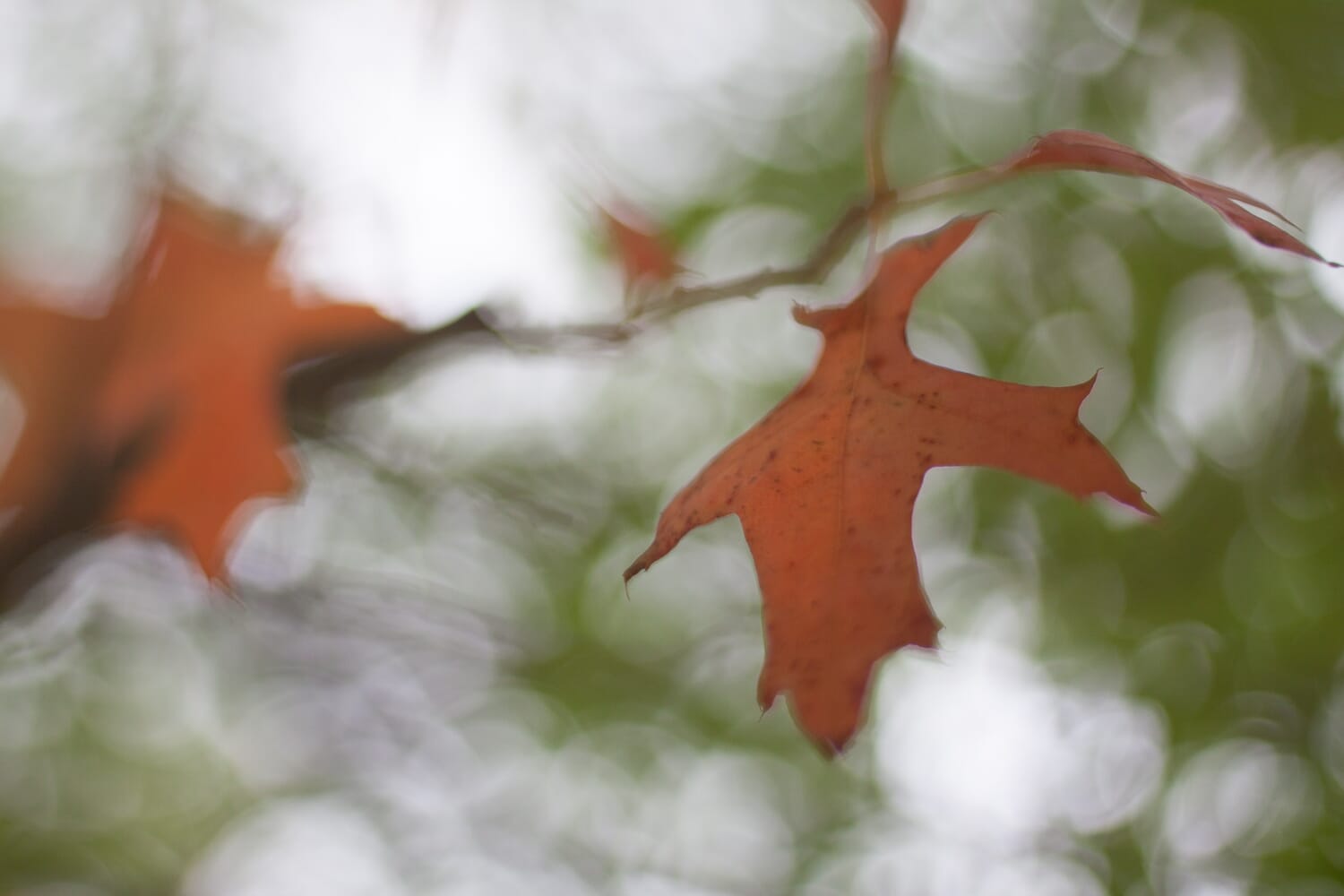
Fortunately, approaching bokeh is simple. You just have to position your subject in front of the light points! These points of light can come in a few ways:
First, you can create points of light with actual lights, such as Christmas lights or even fairy lights.

Second, you can find specular reflection highlights, which are points of light that reflect off of objects. You’ll often get spots of light bouncing off shiny things, such as glass animals, car mirrors, and the metal edges of buildings. These points of light, when maneuvered into the background of your photos, will produce gorgeous bokeh.
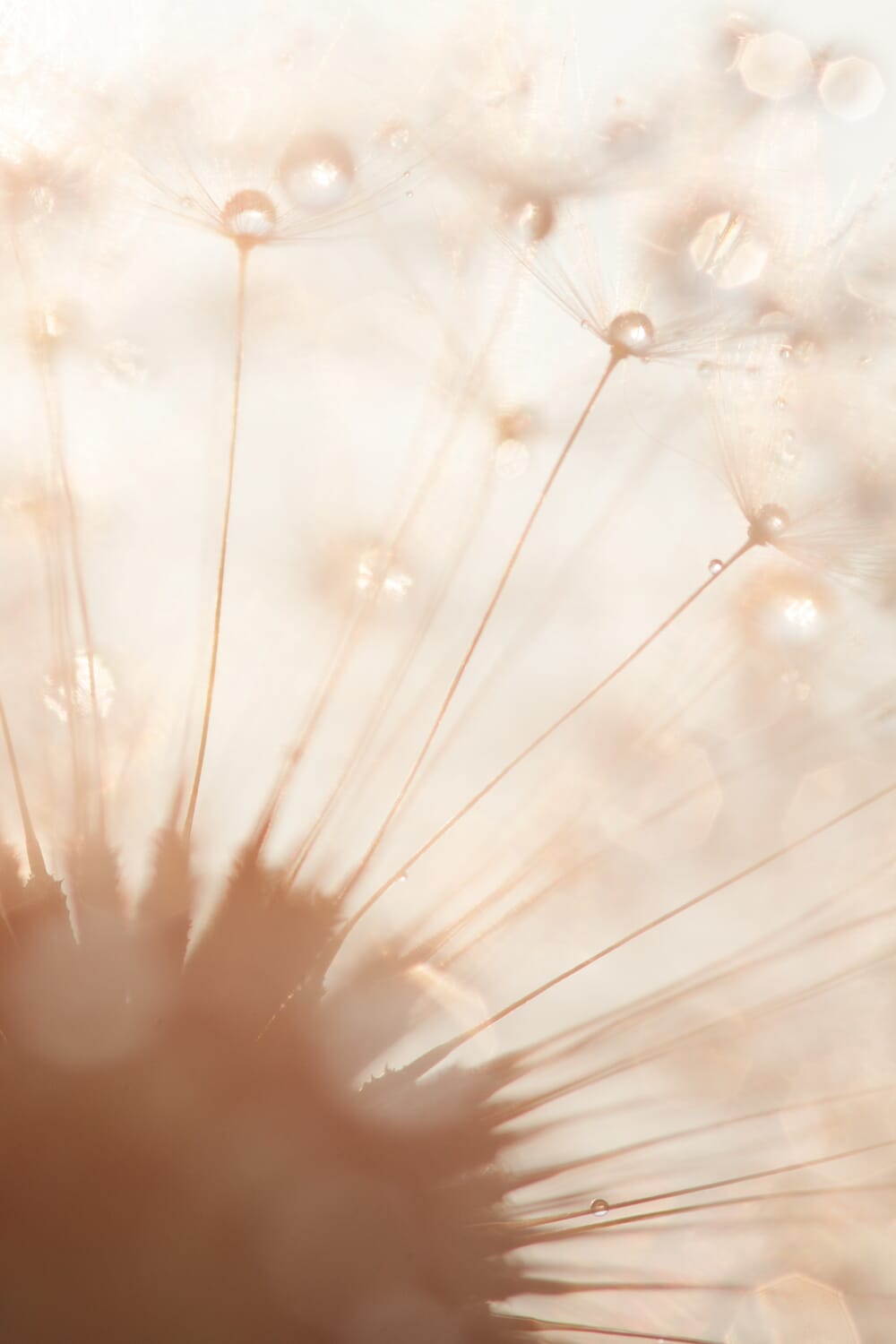
Third, you can find specular refracted highlights. These are highlights that come through objects from behind. I’m talking about sunlight that shines on the backs of trees, like this:

The light moves through the trees, is broken up by the leaves, and turns into nice bokeh.
And if you want smoother, creamier bokeh, go for specular refracted highlights that come through objects from the sky (or another light source).
Step 4: Make Sure the Background Is Smooth
Here’s the final step in creating gorgeous bokeh: Ensure the background is as smooth as possible.

By this, I’m primarily talking about color, not objects. For instance, a background full of green trees is just fine. But a background that has some bright greens, then a sudden transition to bright yellows, then a transition to bright reds is not going to work.
That’s why you need to find a background that is chromatically consistent. Something that has a nice set of green tones (such as a forest), a nice set of blue tones (such as an ocean), or a nice set of white tones (such as a wall).
Of course, you may have some specular highlights in there. Or you might have fairy lights, Christmas lights, or some other form of lights entirely. But you want the main part of the background to feel consistent all the way through.
Here’s an example of what I mean:
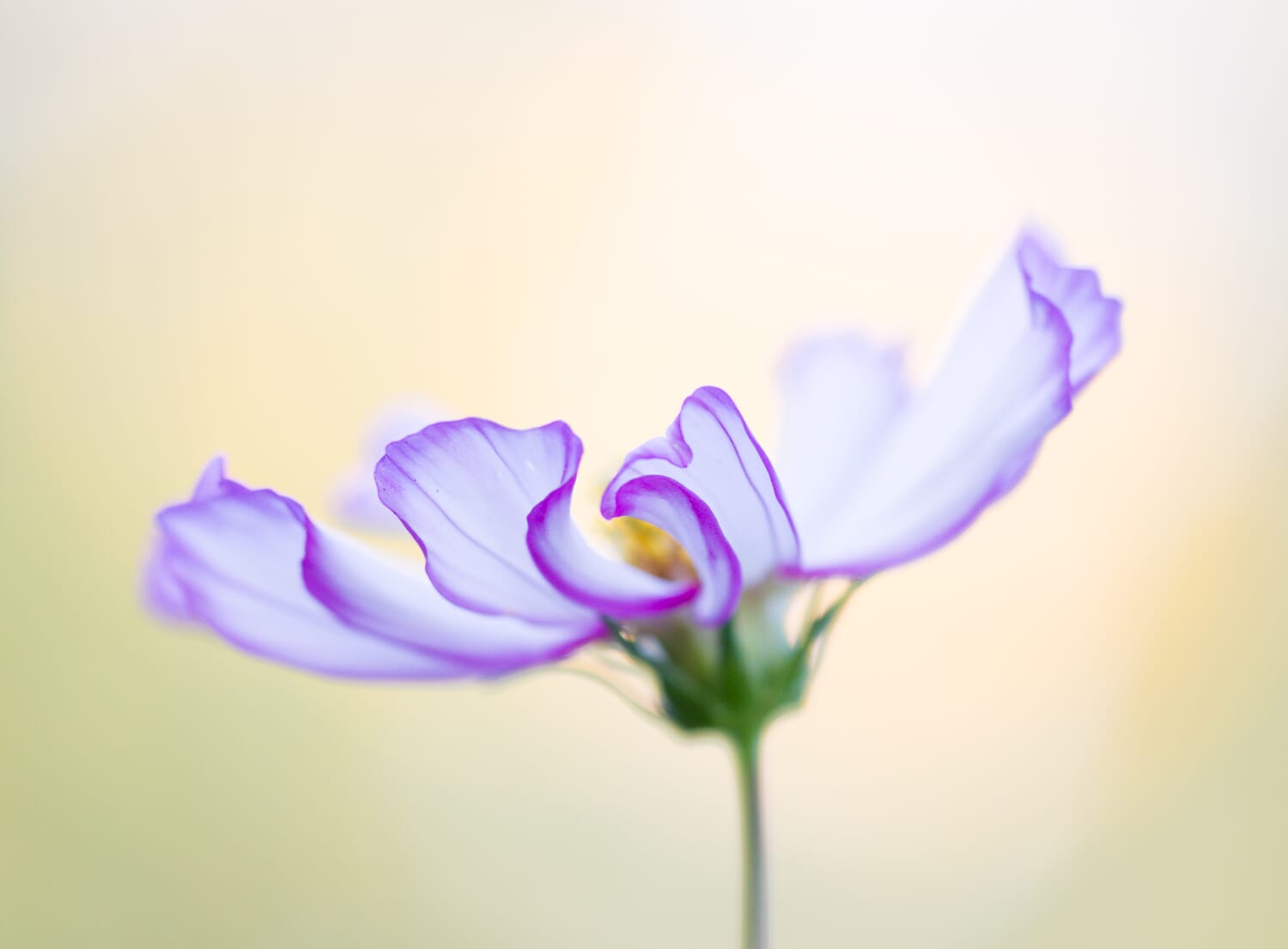
Do you see how the background feels calm? It doesn’t have any harsh transitions. And because of the consistent background, the bokeh looks stunning.
Capturing Bokeh for Beautiful Backgrounds!
Shooting with bokeh is a powerful technique that will instantly level up your images, and while it does take a little work, the result is undoubtedly worth it.
Just remember the steps I’ve given you and spend a few hours (or even minutes) practicing capturing bokeh. Pretty soon, your portfolio will be full of sharp subjects against creamy backgrounds.
Of course, bokeh won’t suit every image. If your goal is to emphasize a subject’s context, it’s often a good idea to keep the background sharp. On the other hand, if you want to create a shot that frames your subject against a breathtaking background, blur is the way to go.
How to Capture Bokeh FAQ
How do I create the best bokeh?
Use a wide aperture, maximize the distance between your subject and the background, position your subject in front of points of light, and make sure the background is relatively uniform.
How do you pronounce the term “bokeh” in photography?
Bokeh is pronounced in two main ways: Bo-keh (the “Bo” as in “Little Bo Peep,” and the “Keh” rhyming with “Meh”), and “Bo-KAY” (rhyming with “Okay”).
Do you need a fancy camera to create bokeh?
Absolutely not! As long as you know the right techniques, capturing bokeh is possible with almost any gear.
